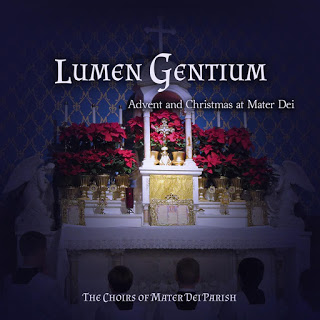Quo Abiit Dilectus Tuus
Quo abiit dilectus tuus, o pulcherrima mulierum? quo declinavit dilectus tuus? et quaeremus eum tecum.
Whither is thy beloved gone, O thou most beautiful among women? whither is thy beloved turned aside, and we will seek him with thee?
About
This is an original composition that I am releasing under a Creative Commons license. A PDF of the sheet music is available at the bottom of this post.
The Text and Context
Although this verse is biblical, it seems at first blush an unlikely text to set as a sacred motet. However, there is more depth in this verse than first meets the eye, especially when we see how the Church applies it in the liturgical year.
Context
The Douay-Rheims Bible provides the following short description at the head of the chapter:
Christ calls his spouse: she languishes with love: and describes him by his graces.
Canticles 5
As a quick summary of the chapter, the husband knocks and calls to the wife, but when the wife answers, the husband is not there. So the wife seeks the husband about the city (Jerusalem). The keepers of the city abuse the wife, striking her and taking her veil. The wife appeals to the daughters of Jerusalem to tell the husband she languishes for him, should they encounter him. They ask her to describe him, which she does. Then they reply with the words that I have set in this motet: Whither is thy beloved gone, O thou most beautiful among women? wither is thy beloved turned aside, and we will seek him with thee?
A Change of Context
While we generally apply the verses of Canticles to Christ and His Church, the Church herself uses this particular verse as the first antiphon of Vespers of Our Lady of Sorrows (!) making for a very interesting change of context.
Suddenly, the entire scene is shifted, as it were, out from under our feet. We find ourselves identified with the daughters of Jerusalem. Perhaps the time has come to accompany Mary and St. John through the now-deserted streets of Jerusalem to seek Jesus on the via crucis? Imagine the shock upon finding Him: you mean this is where He has turned aside? Or perhaps Jesus has just expired and — turning to Our Lady — we lament: where [now] is thy beloved gone, O most beautiful among women?
These are the ideas and emotions that I have tried to describe in this setting, and I have tried to include these sentiments in my own prayers and preparations for Mass, asking Our Lady that I may seek Him in the Mass with her, as if accompanying Mary to — and through — Calvary.
Related Compositions
Featured Image
The featured image is a Fra Angelico painting of the Crucifixion with the Virgin, John the Evangelist, and Mary Magdalen. It is in the public domain in the United States.





